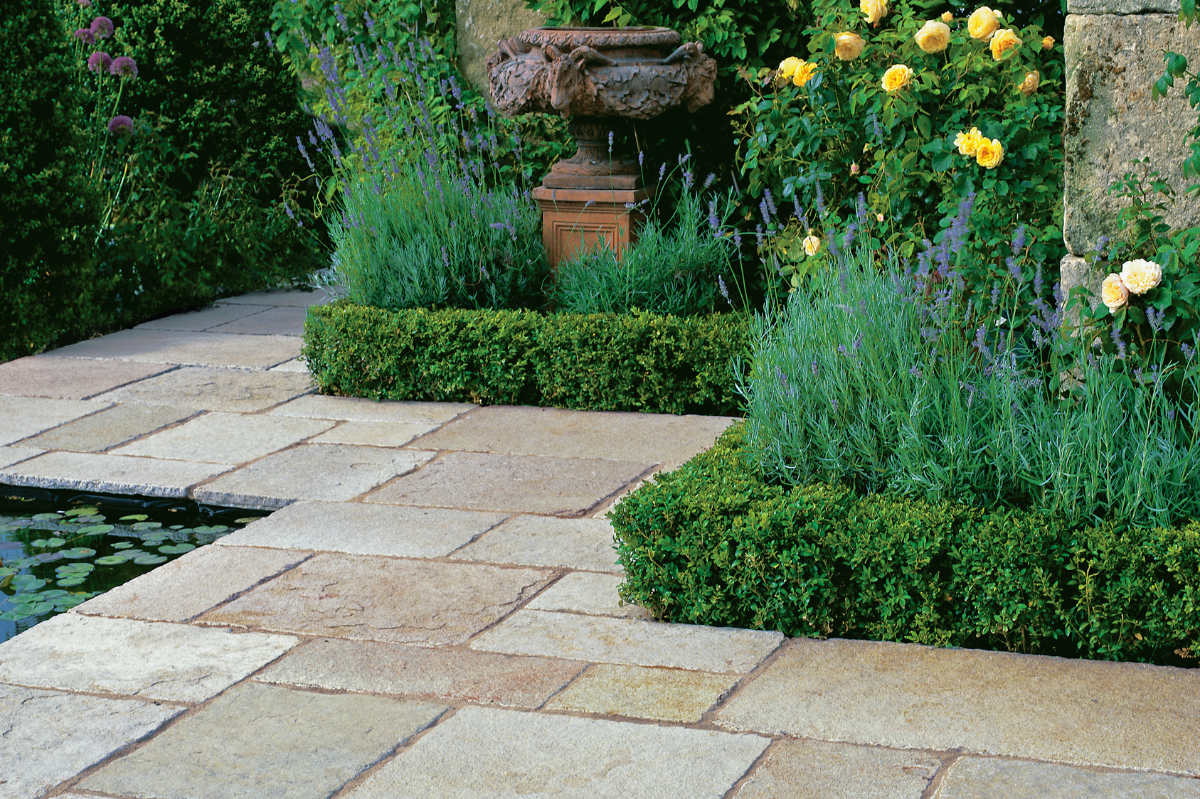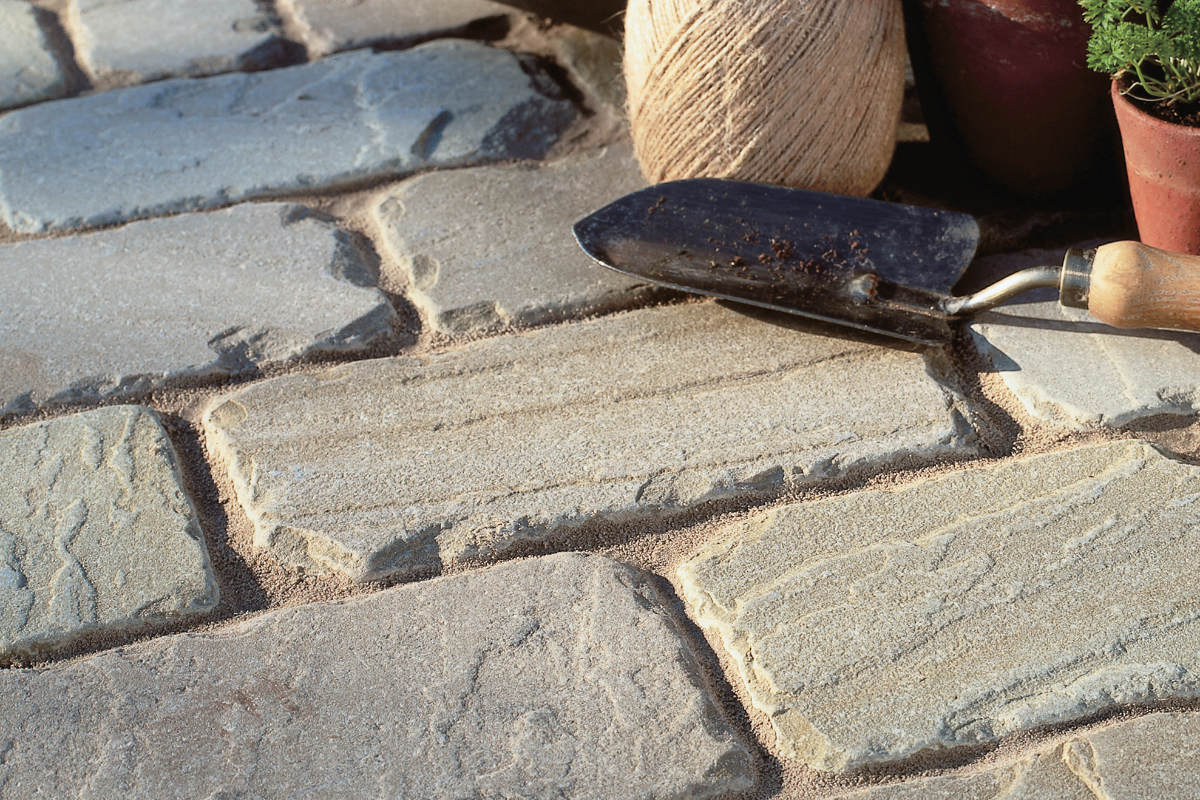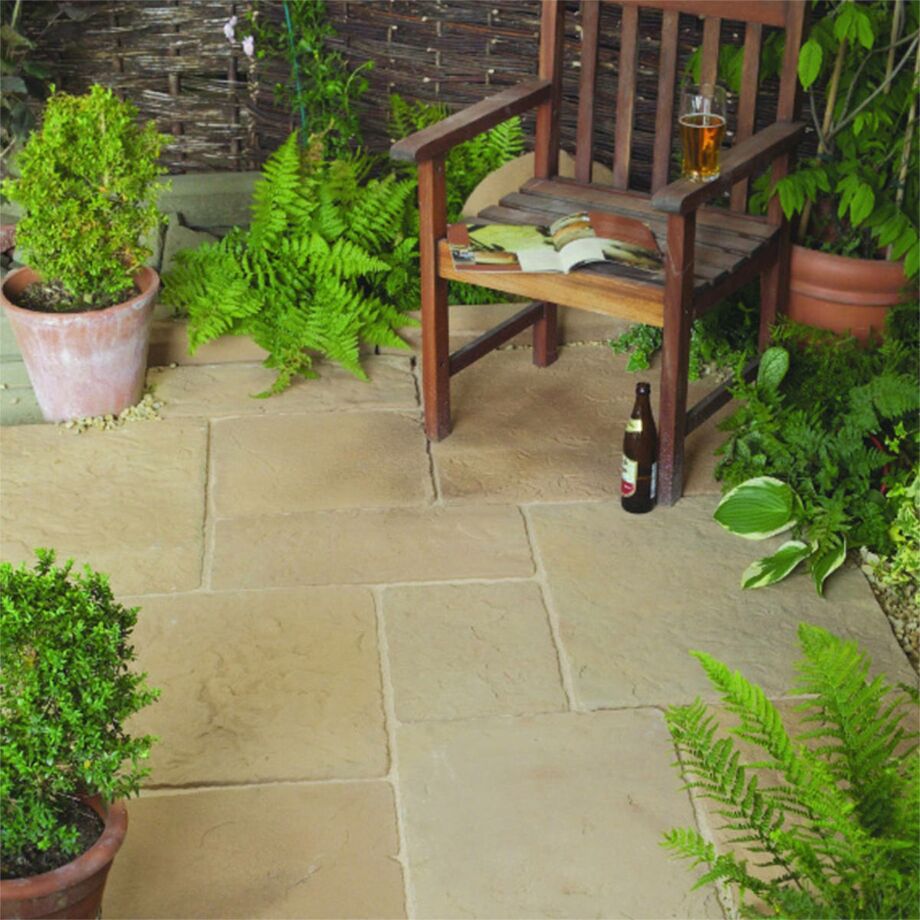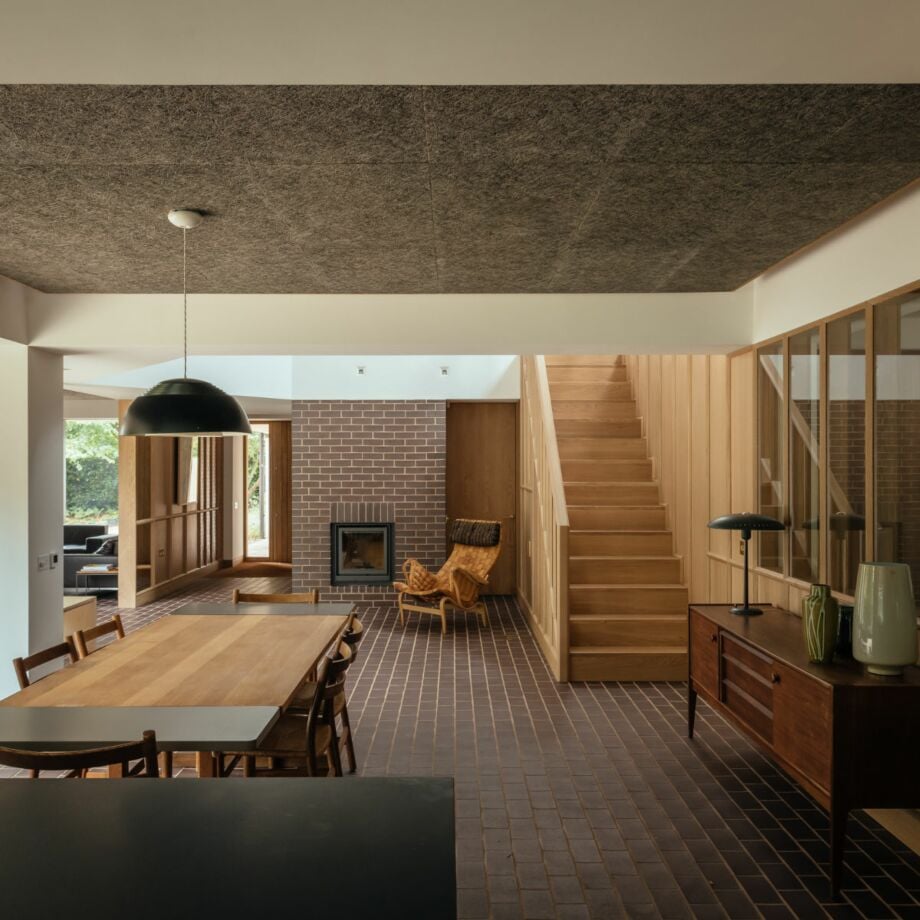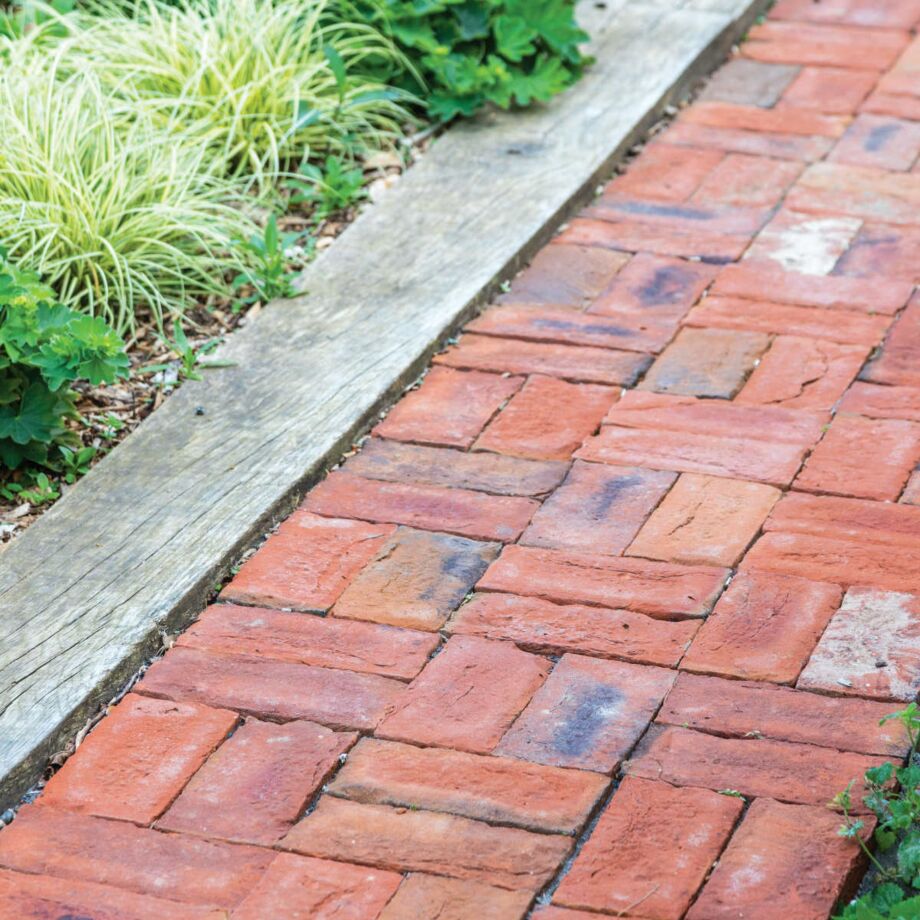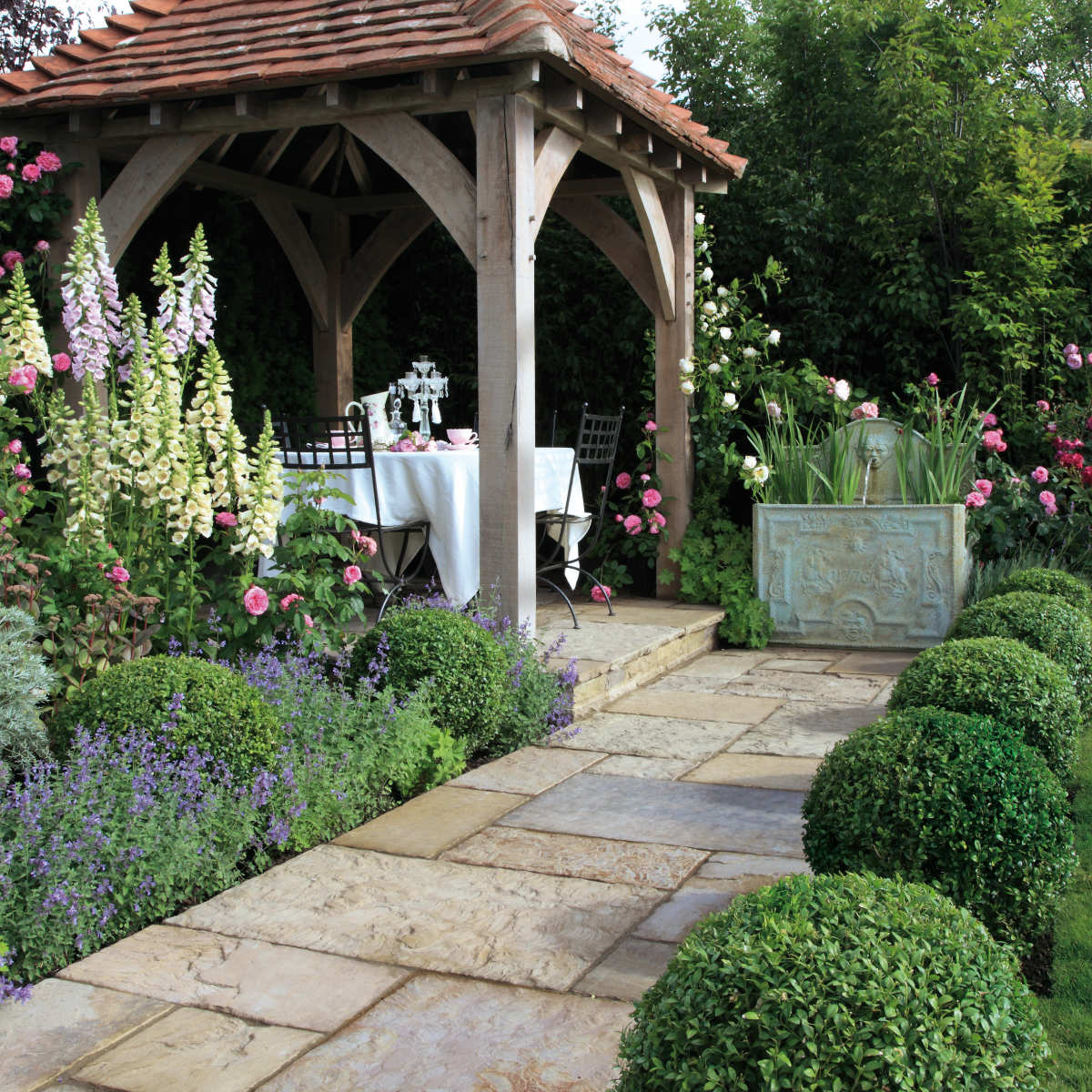
Nestled in the charming streets of days gone by, older style properties possess a unique allure that captures our hearts. Their distinctive facades and historical significance offer a glimpse into times long past. However, when it comes to enhancing the outdoor spaces of these venerable homes, a common challenge arises: how to find paving that harmoniously complements their timeless appeal?
The search for paving that exudes an instant sense of antiquity is not without its hurdles. The modern market inundates us with a plethora of options, each claiming to be the perfect match for any style of property. Yet, discerning homeowners yearn for something with more visual appeal. They seek a paving solution that tells a story, one that seamlessly blends the past with the present.
Unearthing the Ageless Beauty: Tumbled Styles of Paving
Introducing 'tumbled' or 'antique' styles of paving - a design technique that effortlessly captures the essence of antiquity. This process involves subjecting natural stone to a tumbling method, where rough edges are softened, and surfaces weathered, replicating the effects of centuries of use. The result is a stone that appears as though it has graced the earth for generations, fitting perfectly into the narrative of older style homes.
Stonemarket Antique Limestone 'Vintage'
Features that Define Tumbled Paving
These tumbled paving stones possess several defining features:
-
Time-Worn Aesthetics: Tumbled paving exudes an ageless allure, boasting a gently weathered surface that seamlessly integrates with the historic charm of older properties.
-
Textured Finish: The tumbling process imparts a delightful timeworn texture to the stone, providing both visual interest and underfoot grip, perfect for pathways and patios.
-
Variety of Natural Hues: From the warm, earthy tones of sandstone to the cool, sophisticated shades of limestone, tumbled paving offers a spectrum of colours that effortlessly complement the palette of older style homes.
Understanding the Tumbling ProcessThe tumbling process is a meticulous technique that imparts a weathered, aged appearance to natural stone. This transformation occurs through a series of carefully orchestrated steps:
|
Paving Slabs or Cobble Setts: A Choice to Make
When it comes to tumbled paving, homeowners have the delightful option of choosing between traditional paving slabs or charming cobble setts.
- Paving Slabs: Paving slabs provide a larger format look, perfect for creating timeless outdoor spaces and offering a smooth surface ideal for seating areas and spaces where furniture is placed.
- Cobble Setts: Cobble setts exude an authentic, rustic charm, reminiscent of the cobbled streets of old towns, and bestow a unique texture underfoot, evoking a sense of history and character.
Paving Superstore Antique Sandstone Cobble Setts - Kandla Grey
Alternatives to Tumbled Paving: Complementary Choices
While tumbled paving stands as a stalwart choice, there are other options that work in beautiful harmony with older style homes, creating a tapestry of traditional elegance.
|
Westminster Stone Concrete Paving - Chelsea Gold See all Concrete Paving |
Ketley Brick Clay Tiles - Staffordshire Brown Brindle See all Clay Quarry Tiles |
Global Stone Clay Pavers - Courtyard Rustic Flame See all Clay Pavers |
|
Decorative, Aged-Effect Concrete Paving Slabs: Crafted with meticulous attention to detail, these slabs emulate the weathered look of natural stone while offering the benefits of concrete's durability and consistent appearance. |
Clay Quarry Tiles: With their rich, earthy tones and inherent warmth, clay quarry tiles provide a rustic touch that complements the heritage of older properties, both indoors and out. |
Clay Bricks: Time-honoured and enduring, clay bricks lend a sense of authenticity, especially when used in pathways or as a bordering element. |
In the realm of outdoor design for older style homes, the choices are as diverse as they are delightful. Together, tumbled paving, decorative concrete slabs, clay quarry tiles, and timeless clay bricks form a symphony of styles that breathe new life into the hallowed grounds of our cherished heritage homes.

